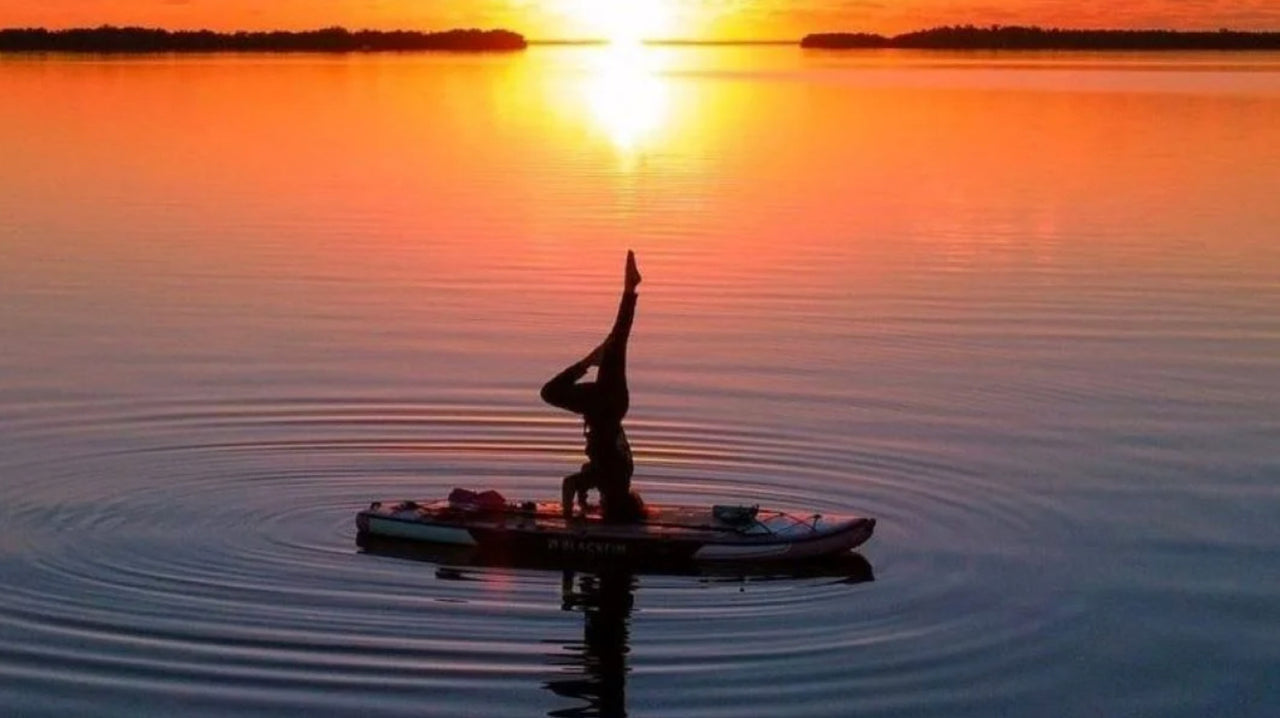Three tips for Paddle Boarding on the Ocean

The beach calls. The ocean beckons. Will you answer? Paddle boarding on the ocean makes for a unique adventure. It’s just you and the tide. Sometimes, the waves are relaxing. Sometimes, they’re challenging. Either way, ocean paddle boarding offers a distinct experience that can’t be matched when paddle boarding on a lake, pond, or river. If you’re new to paddle boarding on the ocean, there are plenty of variables that can take you by surprise. But that shouldn’t discourage you from heading out and experiencing the ocean for yourself! Check out these tips, grab your inflatable paddle board, and get ready for a memorable session on the water!

Never Paddle on the Ocean Alone
It’s a good rule of thumb to use the buddy system any time you’re on the water. From swimming to paddle boarding to jet skiing, partnering with someone who can have your back in an emergency is a must. When you’re paddle boarding at sea, stay where you can see others. It could be other people you’re out on the water with or some friends on shore. This is especially important when you are paddle boarding in areas where a lifeguard might not be present. When you rely on the buddy system, you always have someone who you can call out to for help or who can offer assistance if you need it.
Watch for Rip Currents
One of the biggest challenges of paddle boarding at the beach is rip currents. These potentially dangerous currents are hard to see. If you get stuck in one, it can be hard to get out. Rip currents can look like darker spots in the water. There’s usually a lack of waves in the surrounding water, as well. If you see a spot on the water that looks suspiciously dark and calm, stay away. If you unexpectedly find yourself caught in a rip current, the most important thing to do is stay calm. Try to relax and focus on paddling (or swimming, if you’ve fallen into the water), parallel to the shore. Your goal is to get back into choppier water. If you paddle directly toward the beach, you risk the chance of getting swept in the opposite direction, away from shore—and you’ll end up expending a lot of energy. Keep calm and paddle parallel!
Always Use Your Leash
Most inflatable paddle boards come with an ankle leash. And if you don’t have one, you can—and should—easily get one. One end of the leash attaches to your ankle and the other stays connected to your SUP. Whether you’re cruising in calm waters or surfing with your board, the leash keeps you attached to your board should you fall into the water. Because the ocean is huge and currents can be unpredictable and dangerous, staying connected to your SUP is essential. You don’t want it being taken away by a wave. An ankle leash ensures you always have a way to get back to your board and back to safety. And that’s really what safe ocean paddle boarding is all about: expecting the unexpected and being prepared, just in case.
About iROCKER
Paddle boarding season starts right now, and iROCKER is your partner on the water! They’re your number one source for all the paddle boarding gear you could possibly want. From inflatable paddle boards to hard boards and inflatable docks, iROCKER has something for everyone. Already have a SUP? Don’t worry! They also have plenty of gear and accessories to take your adventures to the next level. Get a cooler to strap to the back of your board and bring the party onto the lake! Want to turn your inflatable SUP into a kayak? iROCKER has the SUP to Kayak Conversion Kit for you. And don’t forget a waterproof Bluetooth speaker! It doesn’t matter if you’re a paddle boarding newbie or you’ve been getting out on the water for years, iROCKER helps keep you inspired for your next excursion.
Find all the gear you need to paddle board on the ocean at irockersup.eu




